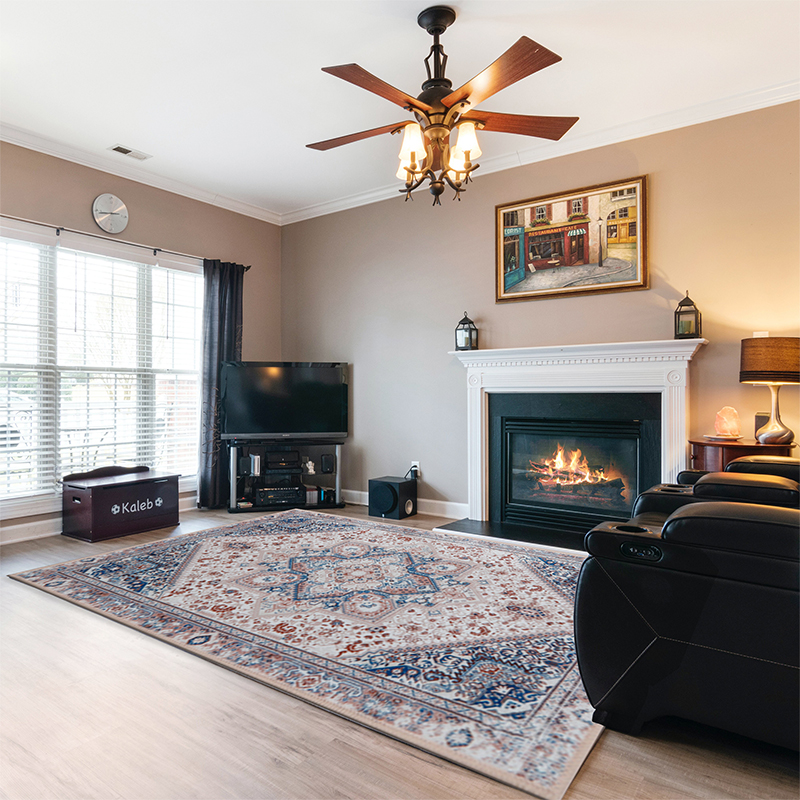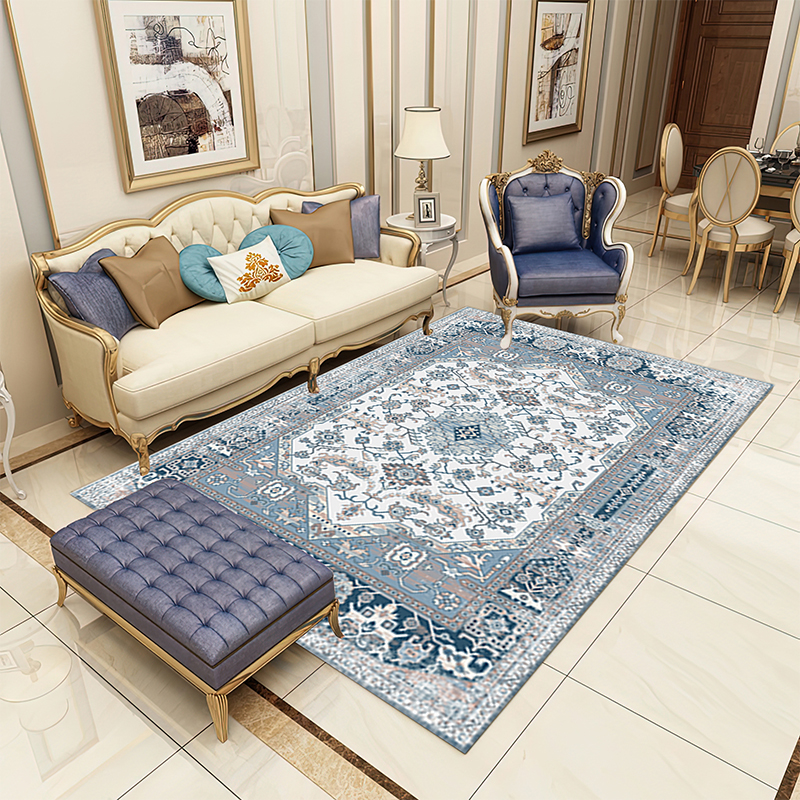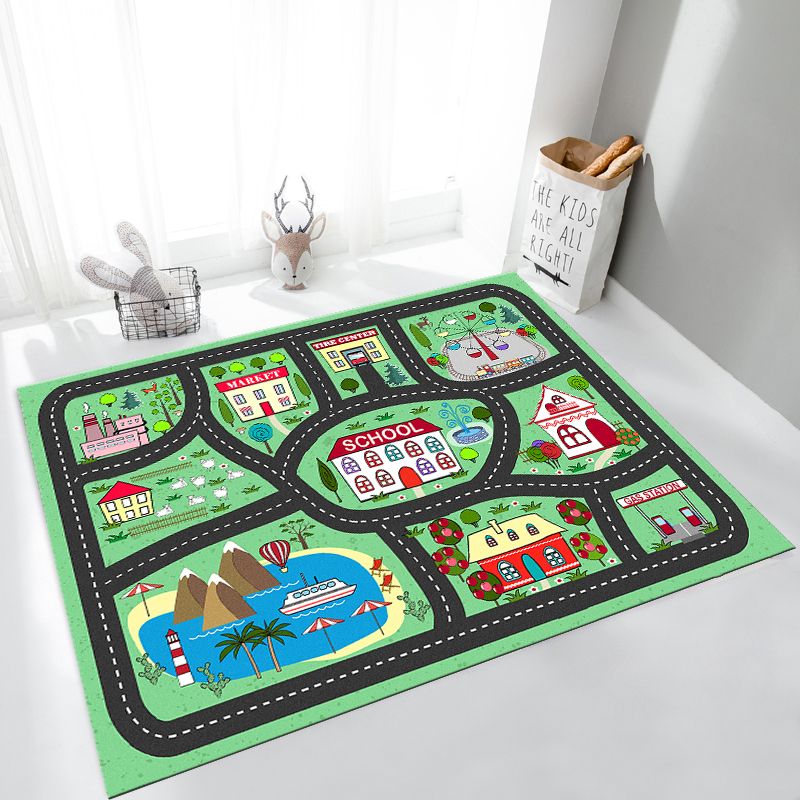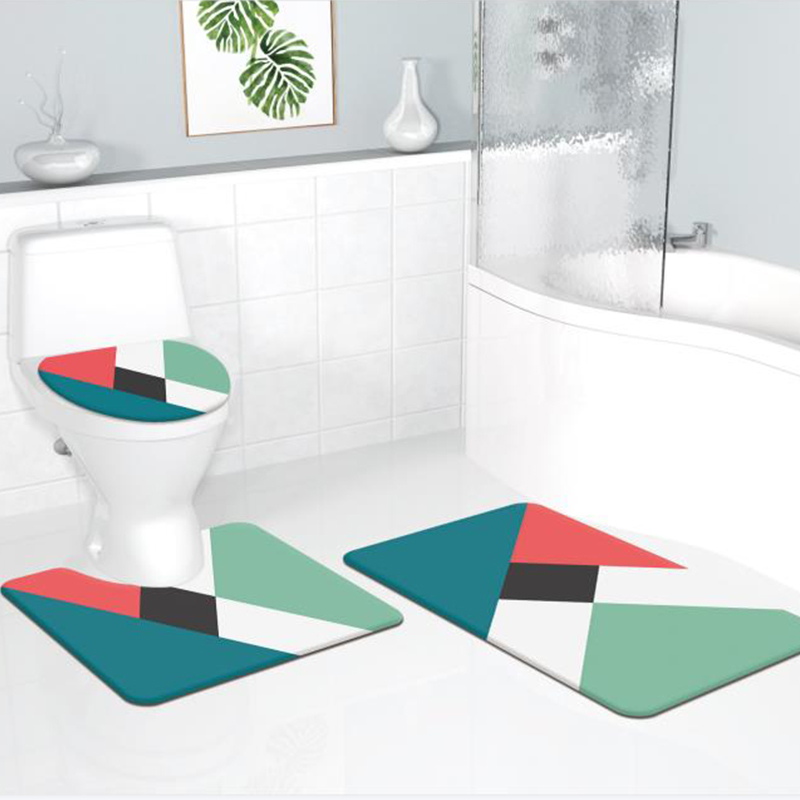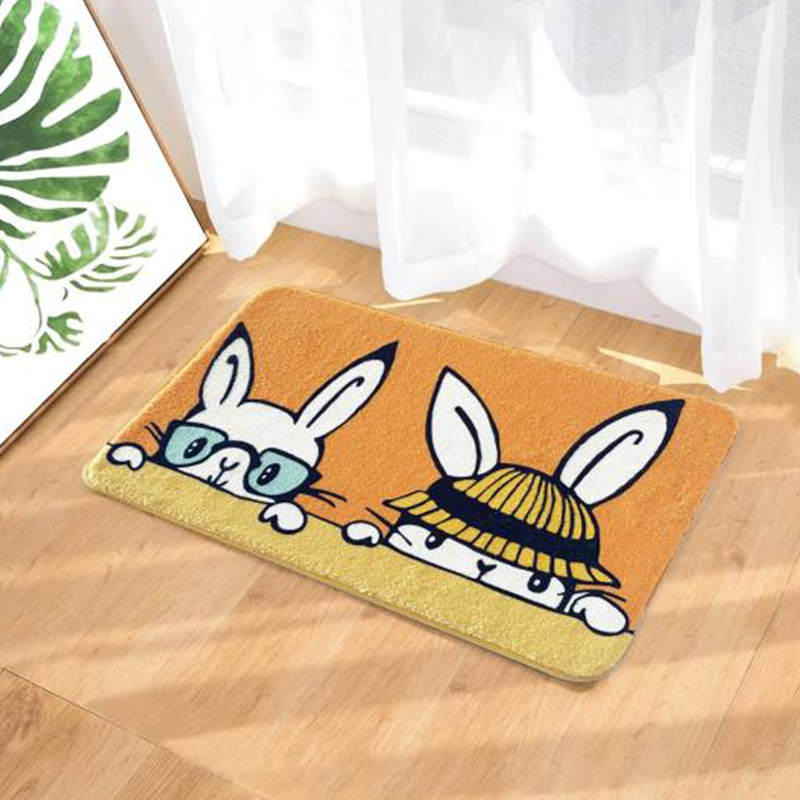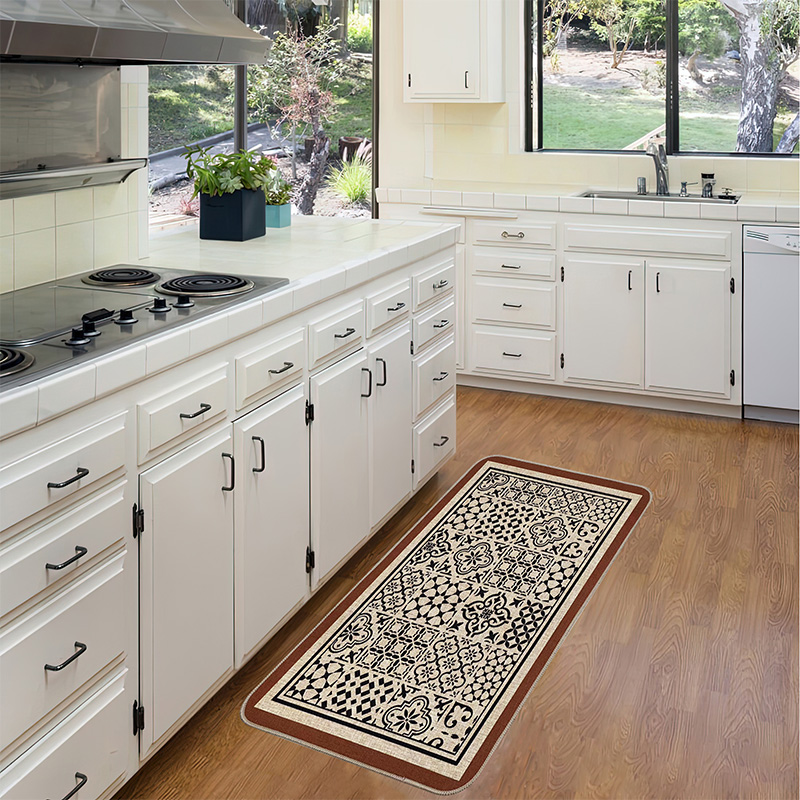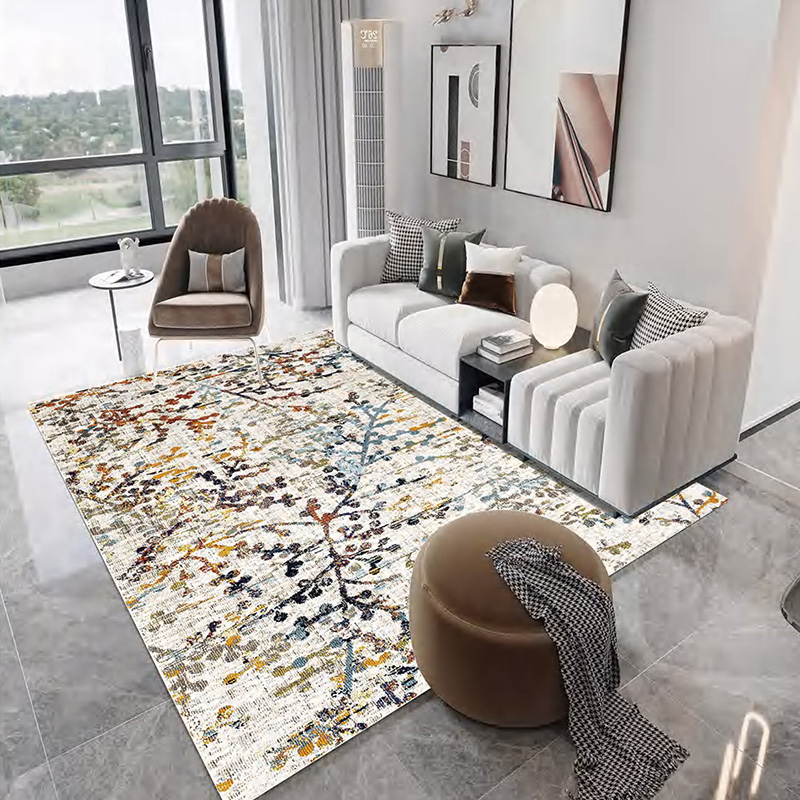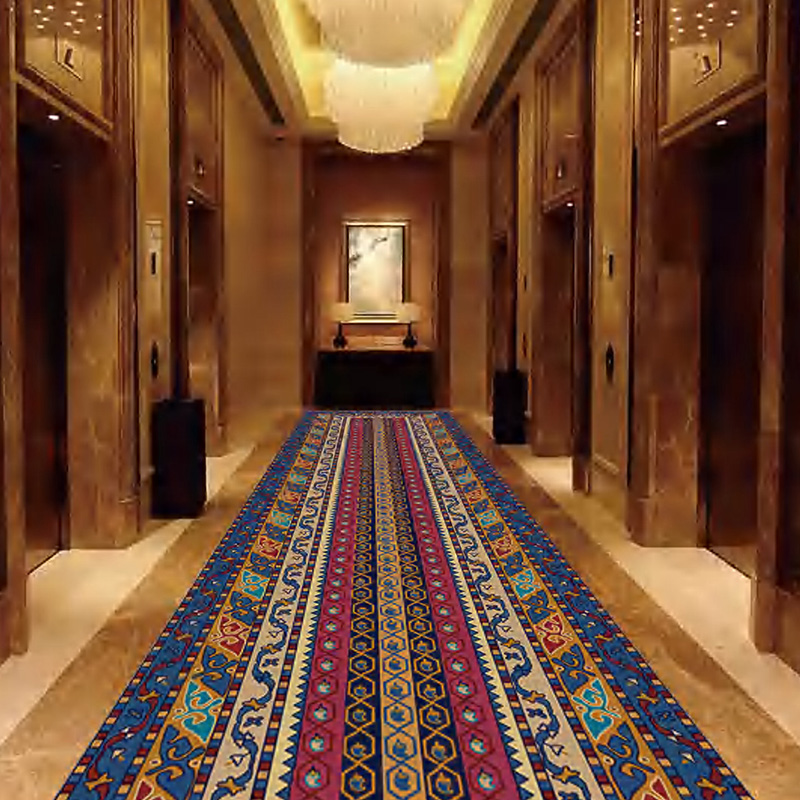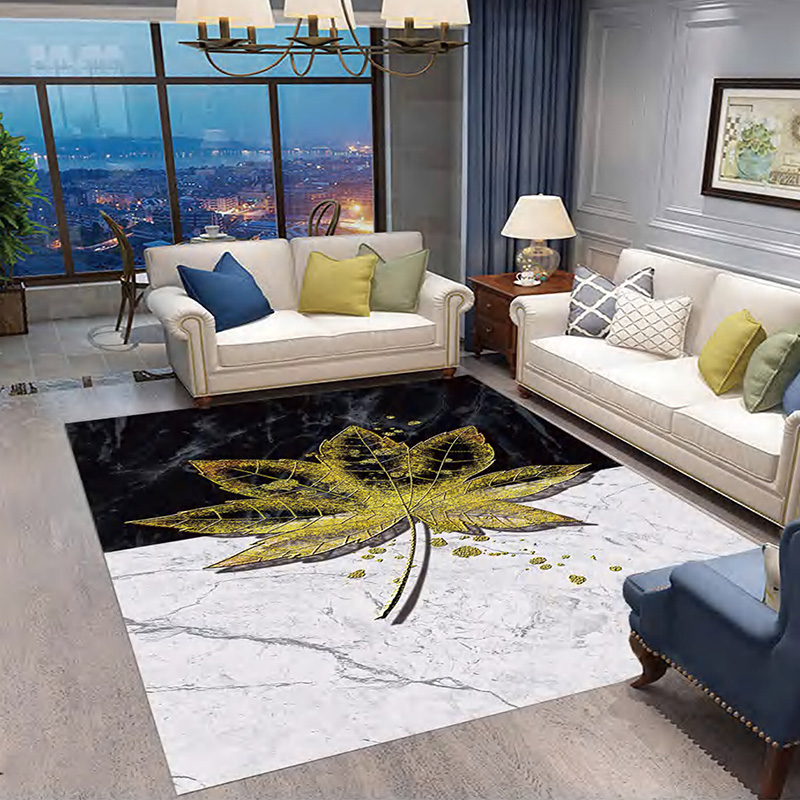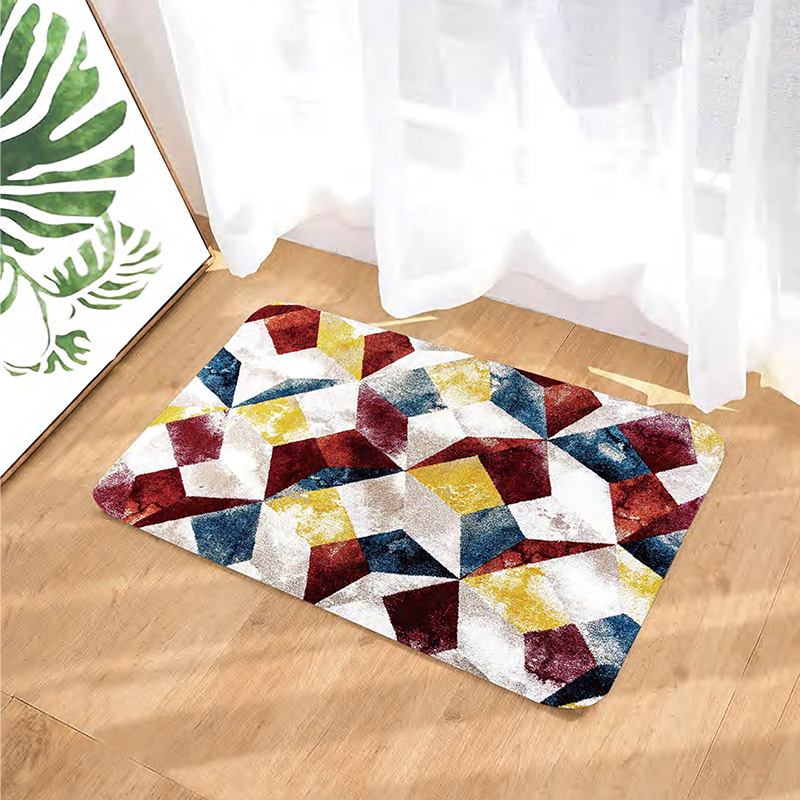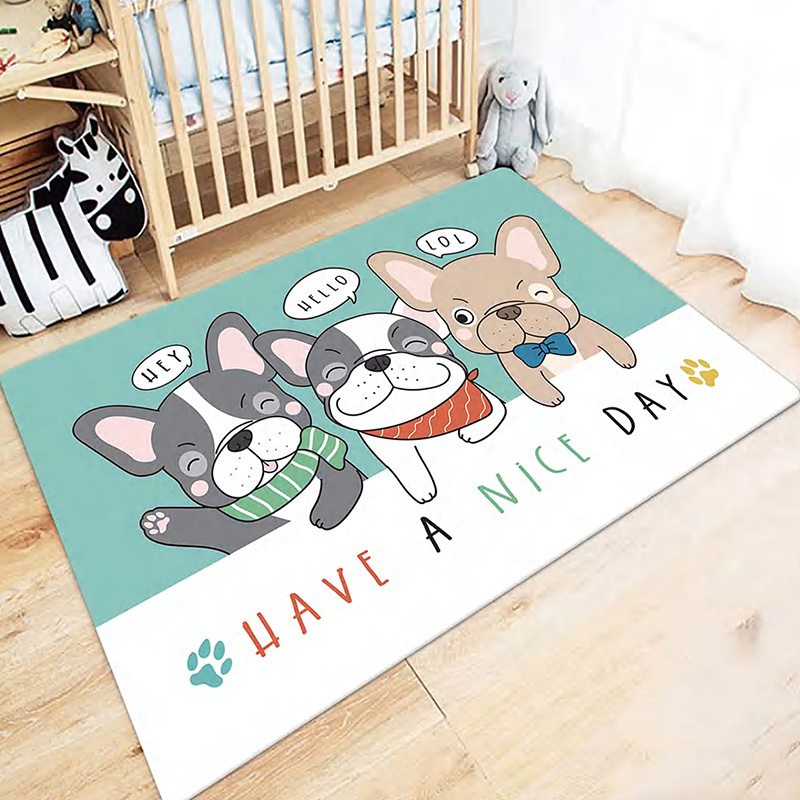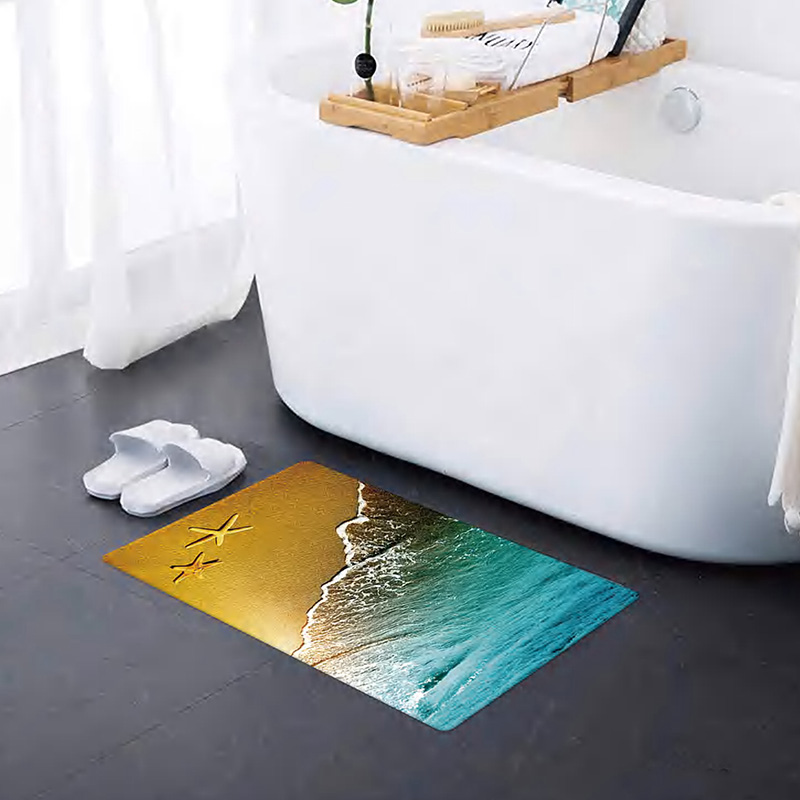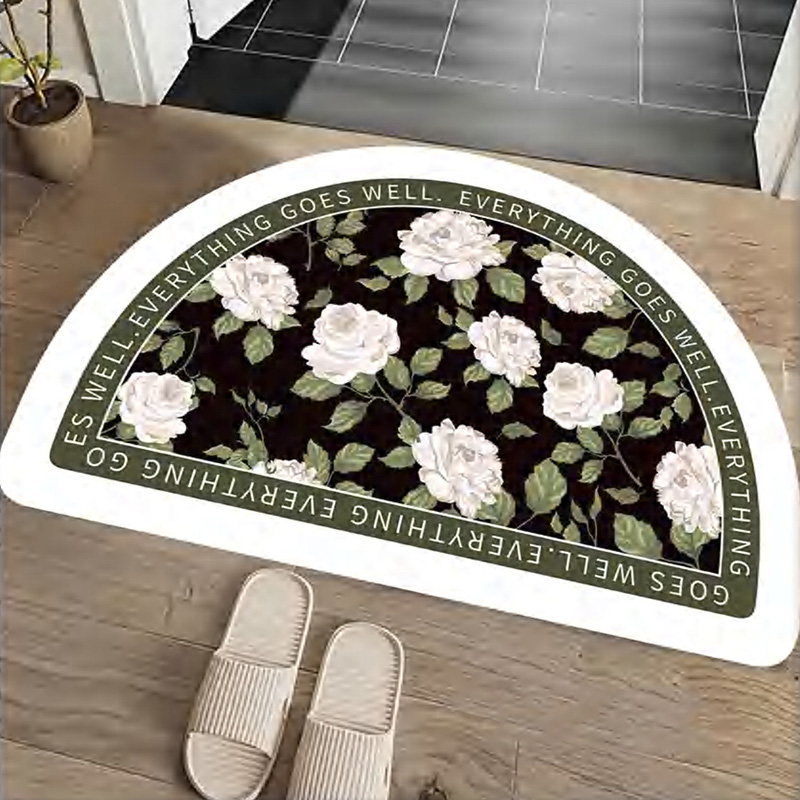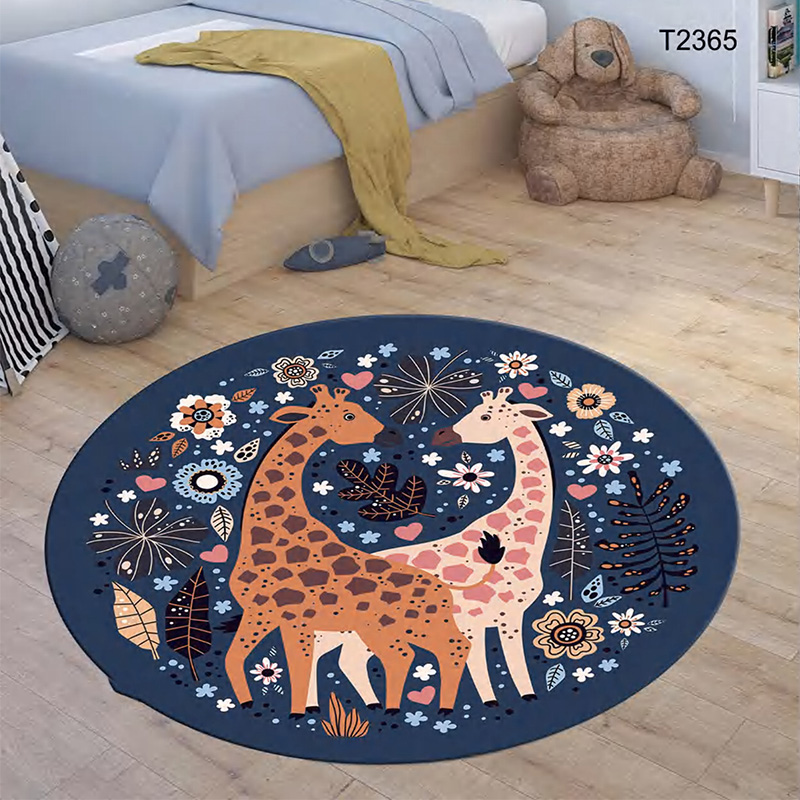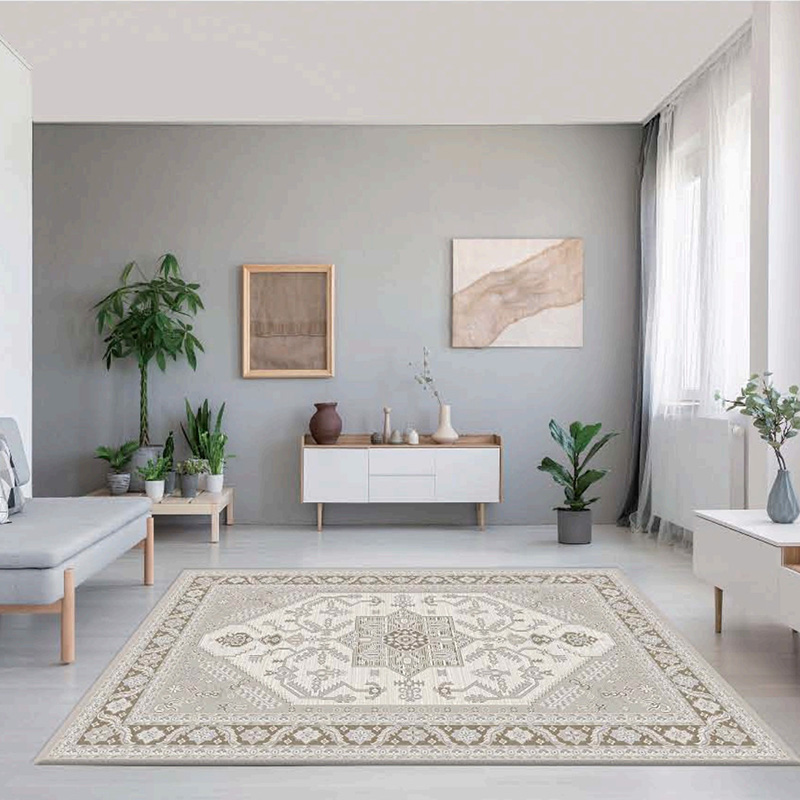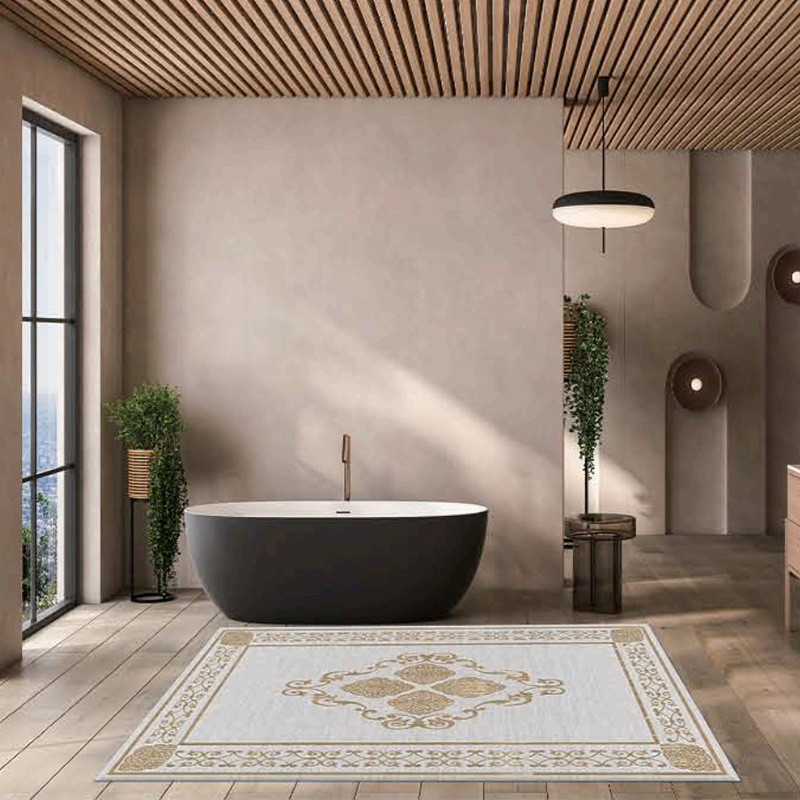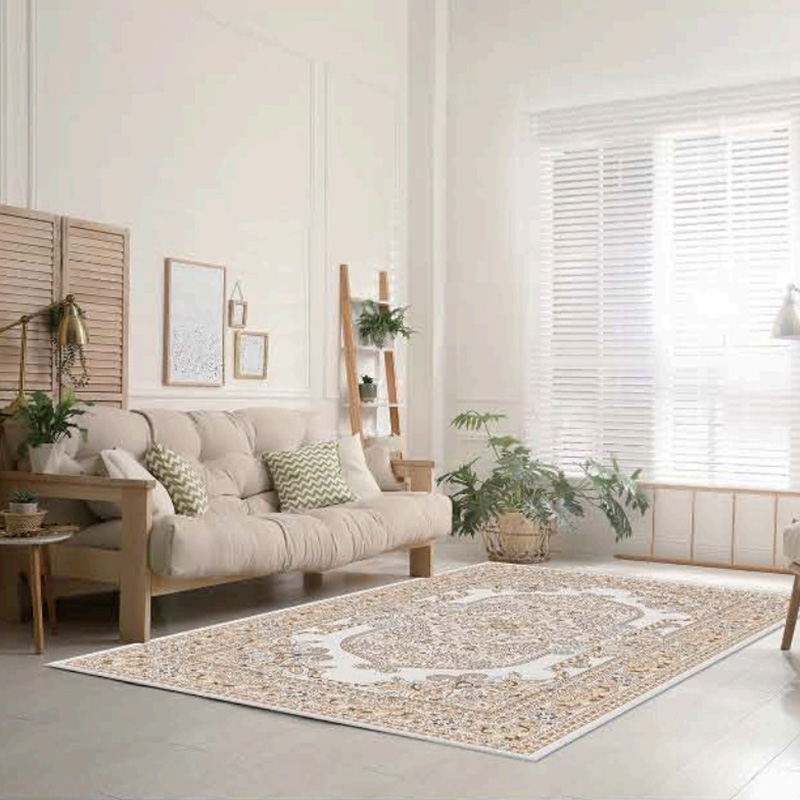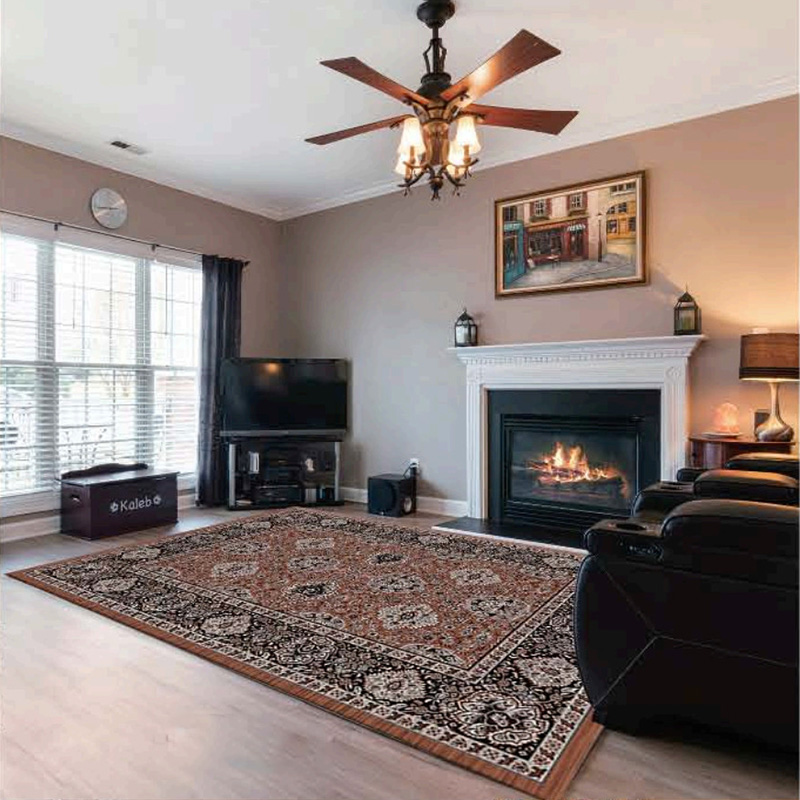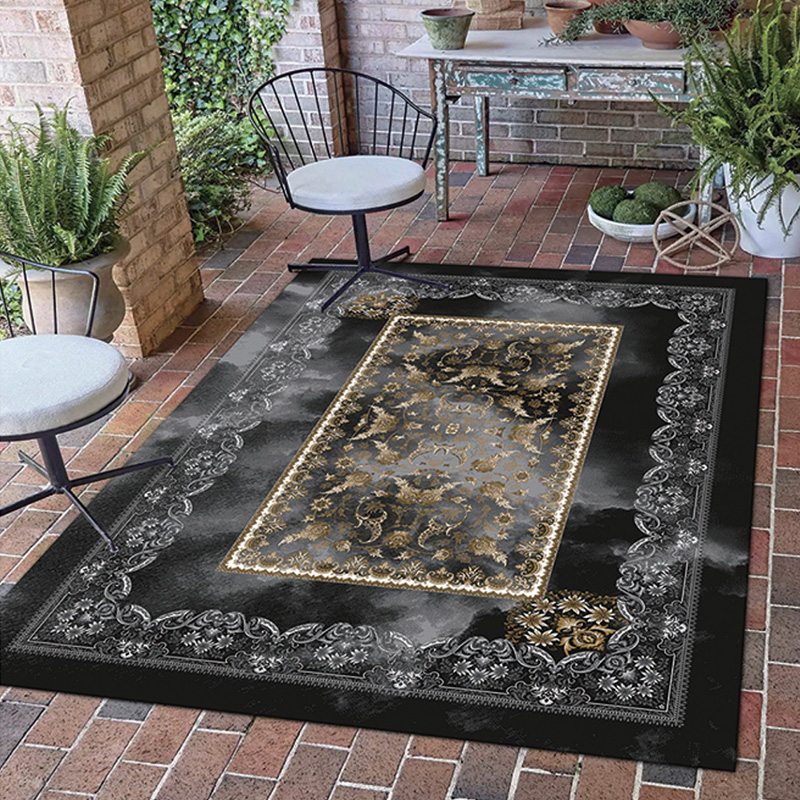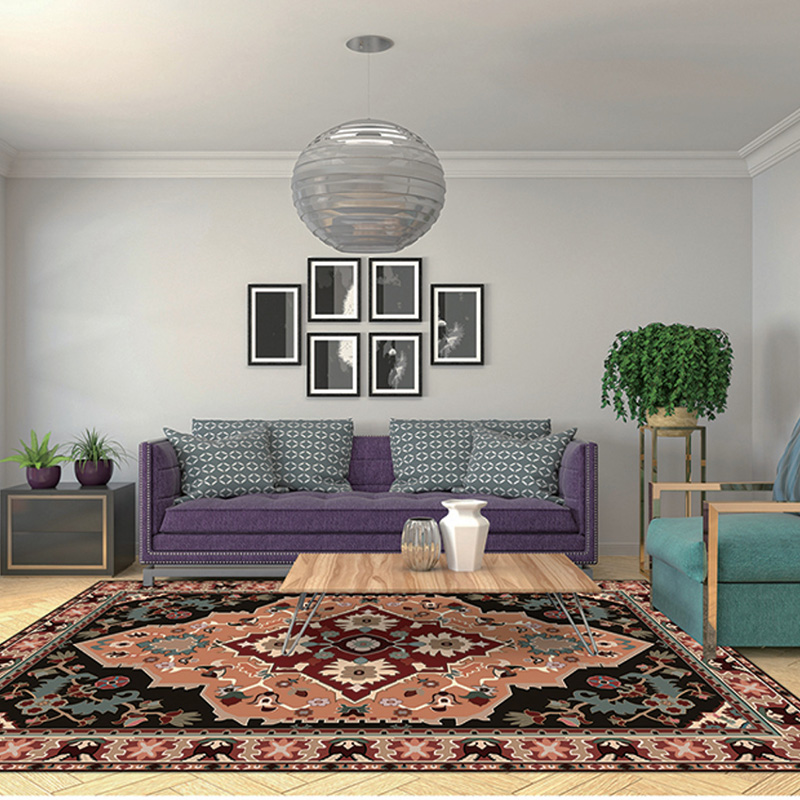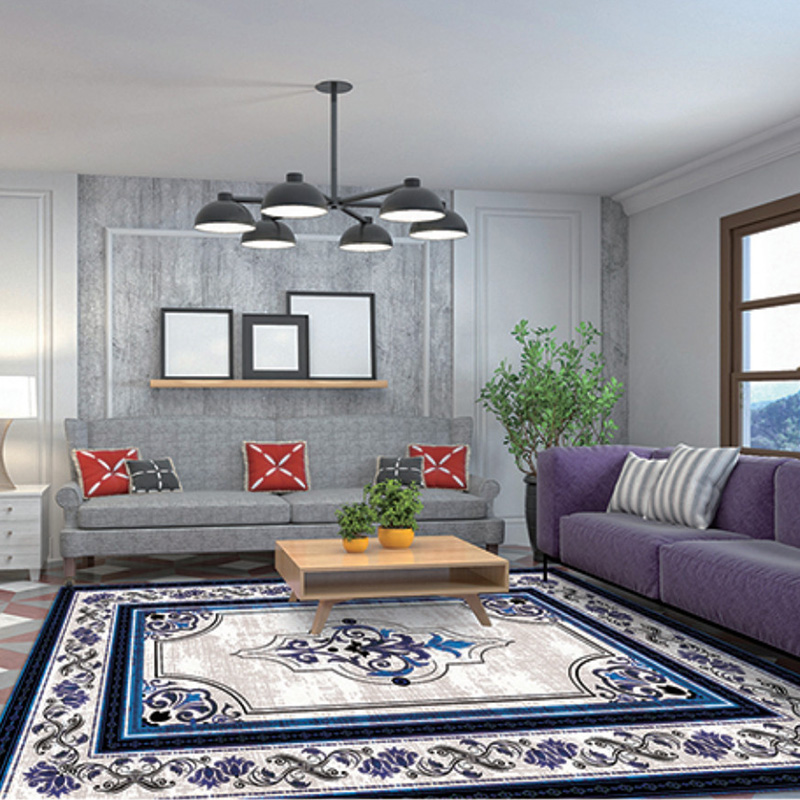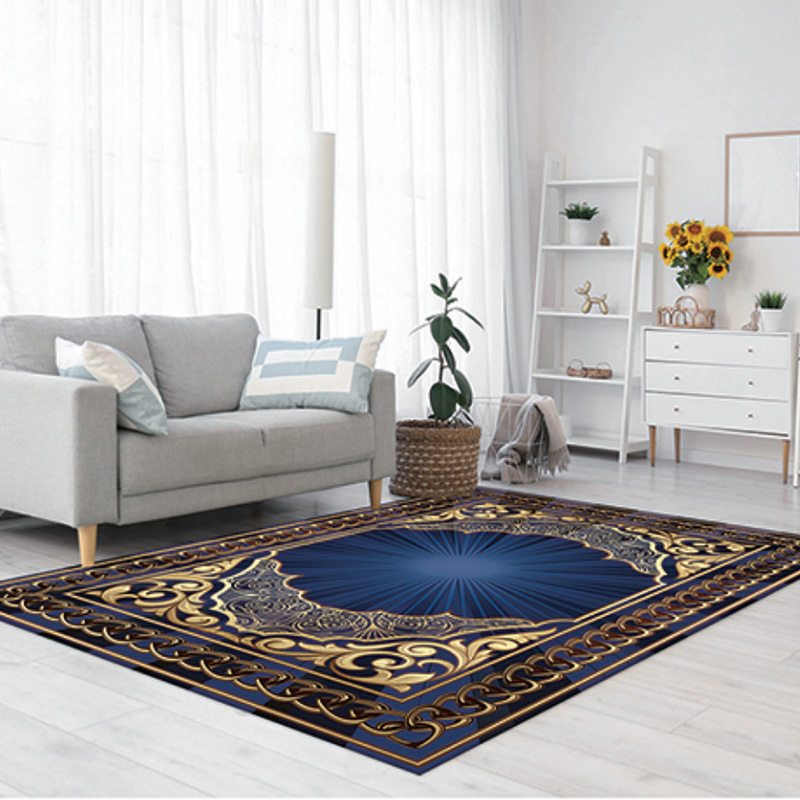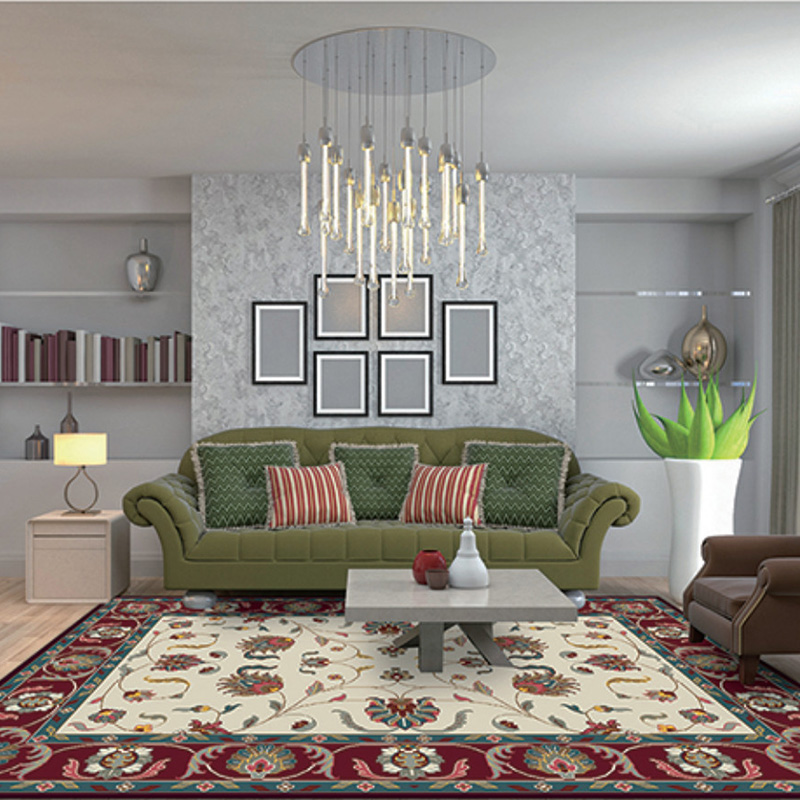The bathroom accessories market is undergoing a quiet but significant transformation with the rising popularity of memory foam bathroom mats. Offering comfort, safety benefits, and stylish designs, these mats are fast becoming an essential item for modern homes. Driven by growing consumer interest in wellness, ergonomic living, and home spa experiences, the memory foam bathroom mat sector is showing impressive growth and innovation.
Comfort and Functionality Redefined
Unlike traditional bathroom mats made from cotton or synthetic fibers, memory foam bathroom mats use viscoelastic polyurethane foam technology originally developed by NASA. This material molds to the shape of the feet, providing cushioned support that reduces pressure on joints and muscles. The result is a spa-like feel every time users step out of the shower or bath.
Industry experts highlight that memory foam mats offer a unique blend of comfort and safety. Their plush surface helps reduce fatigue during long morning routines, while the foam’s density offers shock absorption, which is especially beneficial for elderly users or those with mobility challenges.
Safety Features Fuel Consumer Demand
Safety remains a primary driver behind the surge in memory foam bathroom mat sales. Bathrooms are notorious hotspots for slips and falls due to wet floors and slippery surfaces. Memory foam mats typically come with non-slip backing made of rubber or latex, helping to anchor the mat firmly in place even on slick tiles or marble floors.
Brands are also integrating moisture-wicking and quick-dry technologies to reduce the buildup of mold and mildew—common hygiene concerns in damp bathroom environments. Anti-bacterial treatments and hypoallergenic fabrics are increasingly being incorporated to enhance health safety, making memory foam mats attractive to allergy-sensitive consumers.
Rising Popularity in Wellness-Oriented Homes
The modern consumer’s growing focus on wellness and self-care has significantly impacted the home accessories market. Memory foam bathroom mats contribute to creating a relaxing and indulgent bathroom atmosphere, often likened to a home spa experience. Their ability to provide thermal insulation—keeping feet warm on cold tiles—adds an extra layer of comfort, especially in colder climates or during winter months.
In line with these trends, several brands are collaborating with designers to offer memory foam mats in elegant, contemporary patterns and colors that complement a wide range of bathroom decors. Some even feature aromatherapy-infused fabrics that release subtle fragrances when stepped on, enhancing the sensory experience.
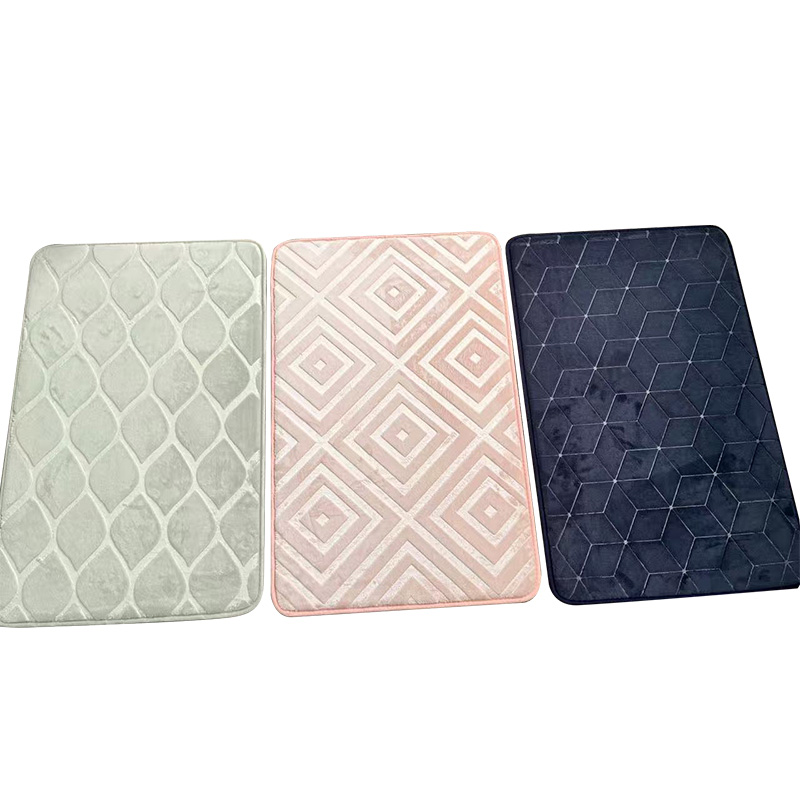
Market Growth and Consumer Segments
According to recent market reports, the global memory foam bathroom mat market has seen a compound annual growth rate (CAGR) exceeding 8% over the past five years. The increasing penetration of these mats in middle-income households is a notable factor, as prices become more accessible through improved manufacturing processes and economies of scale.
Key consumer groups driving the market include:
Young professionals who appreciate modern design and functionality.
Families with children, seeking soft, safe flooring alternatives.
Elderly individuals or those with mobility issues prioritizing slip resistance and cushioning.
Wellness enthusiasts aiming to enhance their bathroom experience.
Distribution Channels and Online Growth
The distribution landscape for memory foam bathroom mats is evolving rapidly. While traditional brick-and-mortar home goods stores continue to stock these products, online retail has become a dominant force. E-commerce platforms like Amazon, Wayfair, and specialized wellness retailers offer a broad selection, from budget-friendly to luxury mats.
Digital marketing campaigns targeting social media platforms have been pivotal in educating consumers about the benefits of memory foam mats. Influencers and wellness bloggers frequently highlight these mats in bathroom makeover content, boosting awareness and driving sales.
Innovation and Sustainability Trends
As the market matures, innovation is becoming a differentiating factor for brands. Developments include:
Eco-friendly memory foam made from plant-based or recycled materials.
Smart mats embedded with sensors to detect moisture levels or alert users about cleaning needs.
Enhanced durability and stain resistance without sacrificing softness.
Modular designs allowing mats to be customized or connected for larger bathroom areas.
Sustainability is also gaining attention. With increasing consumer consciousness about environmental impact, companies are exploring biodegradable foams and natural dyes, aiming to reduce the carbon footprint of bathroom accessories.

 英语
英语 阿拉伯语
阿拉伯语 德语
德语
